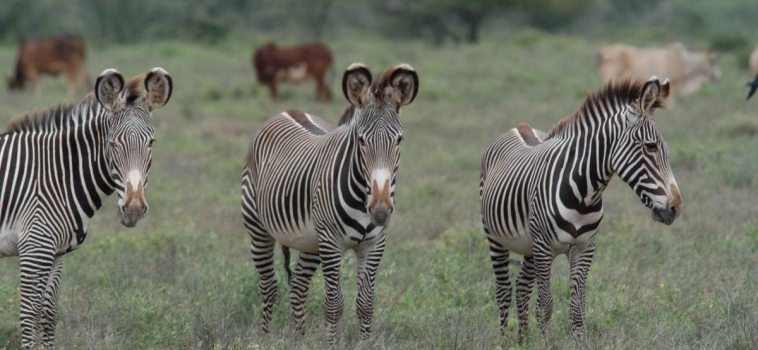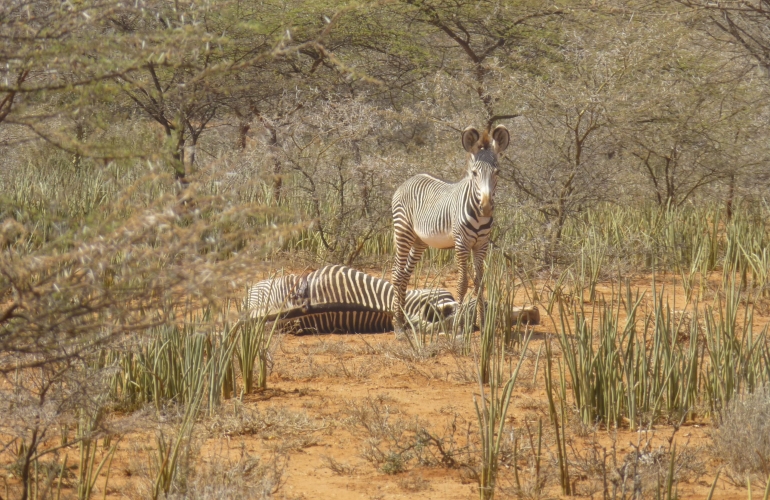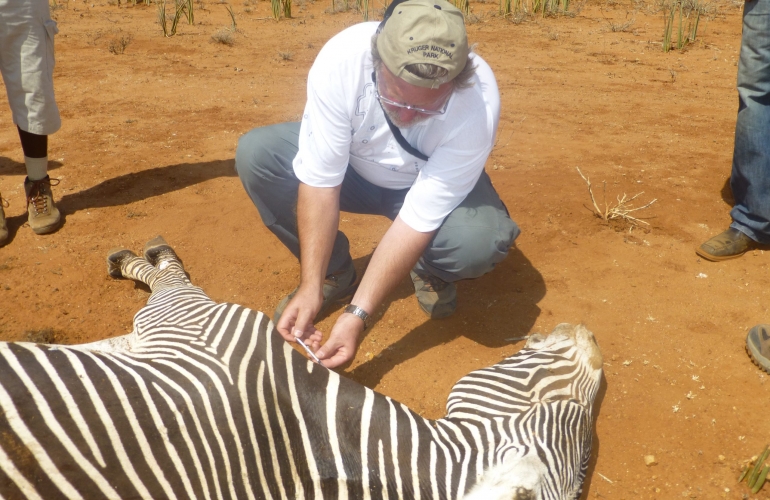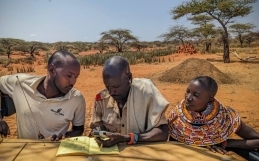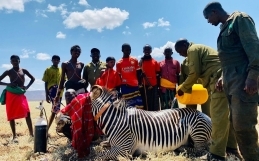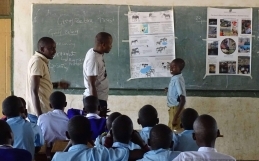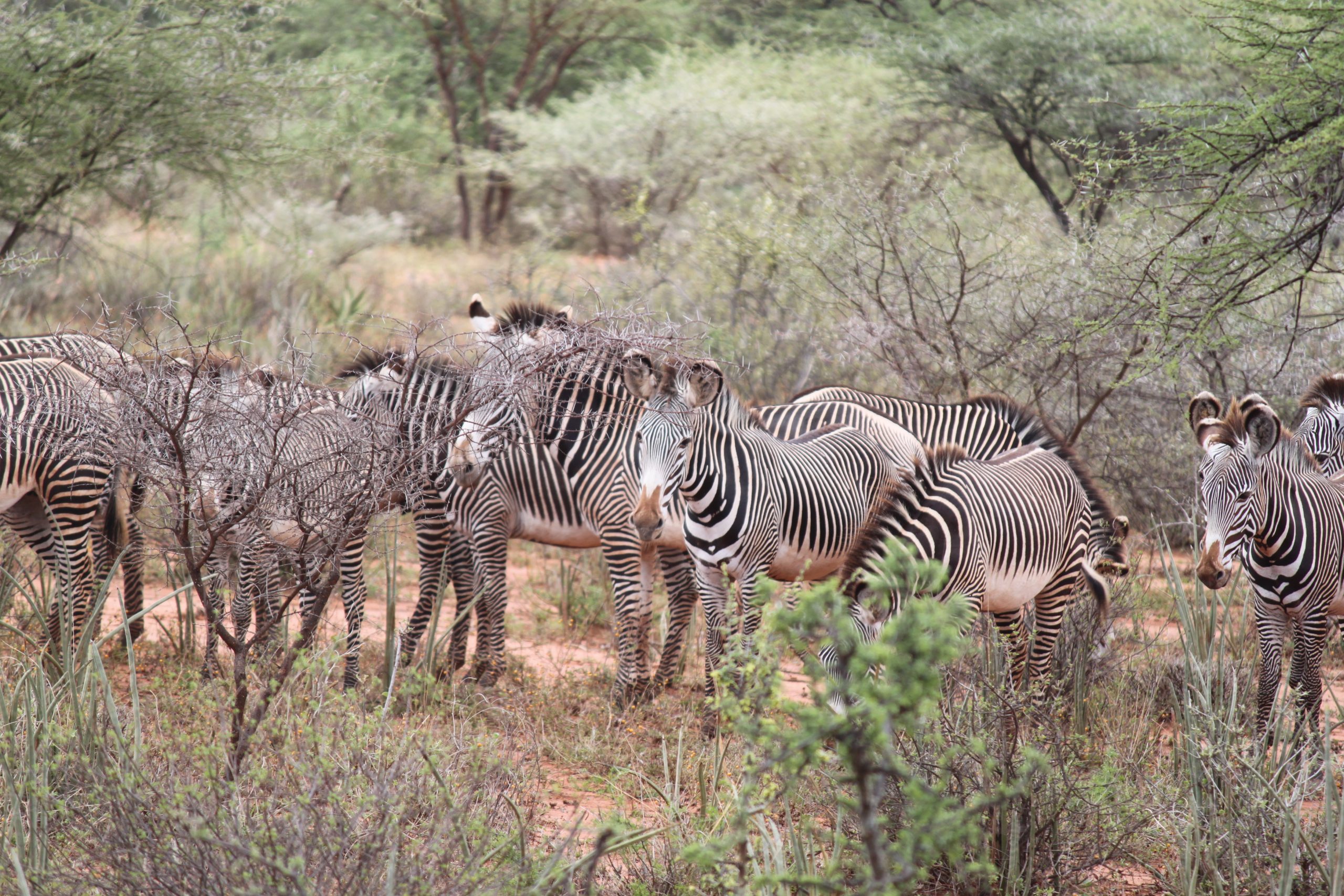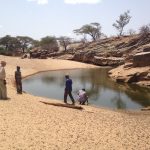Historic Grevy’s Zebra Disease Strategy Workshop
Thanks to support from the Saint Louis Zoo and San Diego Zoo Global through GZT, the Grevy’s Zebra Disease Response Committee led by the Kenya Wildlife Service, hosted the first-ever Grevy’s Zebra Disease Strategy Workshop in July 2014.
After years of decline, the population of Grevy’s zebra in Kenya now appears to be stabilizing and may be increasing. In the past ten years, Kenya may have lost more than 7% of its Grevy’s zebra population to disease, yet this threat remains largely understudied.
As disease is a cross-cutting issue, an interdisciplinary approach was taken with this workshop, bringing together participants from multiple sectors, including international and local experts on wildlife disease, experts from the livestock sector, leaders from local community conservancies, researchers investigating disease and health in Grevy’s zebra, and conservationists specialising in Grevy’s zebra ecology, protection, and conservation.

Grevy’s Zebra Disease Workshop Participants
The purpose of this workshop was to 1) develop models and research to understand the impact of disease on Grevy’s zebra population dynamics; 2) identify Grevy’s zebra disease prevention and control measures; 3) develop a framework for implementing disease mitigation and monitoring; and 4) develop a long-term surveillance plan for diseases in Grevy’s zebra. These objectives were achieved and the various stakeholders will be taking them forward.
Dr Wolfgang Beyer, an anthrax expert from the University of Hohenheim in Germany, also undertook a field reconnaissance to review areas where Grevy’s zebra had died during a previous anthrax outbreak in 2006. In some places, he was able to take soil samples which will be analysed for the presence of anthrax spores. His presence in the field was timely as Irene, one of our Grevy’s Zebra Scouts, reported the death of a lactating female that appeared to be in good condition. Dr Beyer was on-site to collect samples for disease diagnosis which is being carried out by the KWS veterinary department. The female’s foal stayed around her mother all day and then joined a large herd of Grevy’s zebra that was walking to water that night. She has since been seen by our Grevy’s Zebra Scouts in the presence of an adult male.
